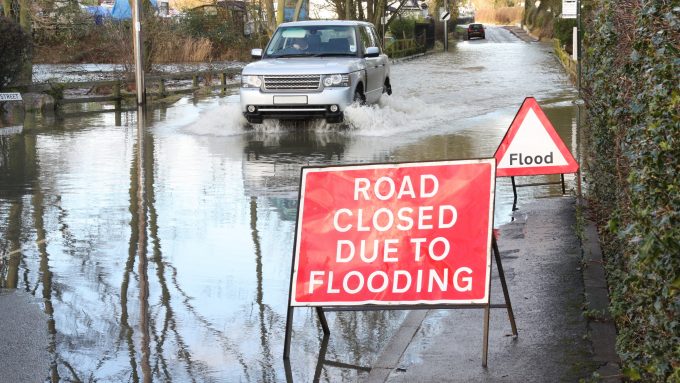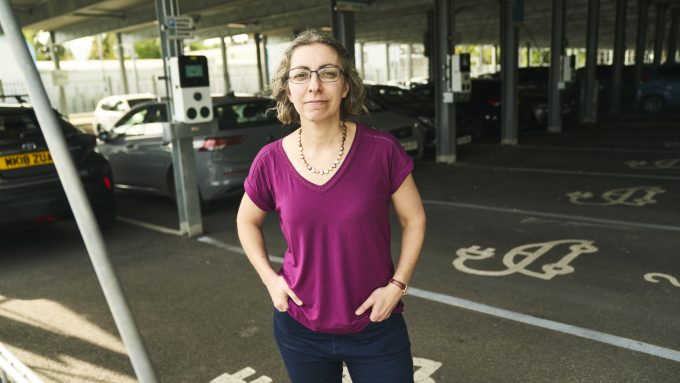
Taking a digital first approach to planning reform

“Ten years from now, if I get my way, planners will be focused on just planning,” remarked Peter Kemp, Head of Data and Digital for Planning at the Greater London Authority.
“We will be doing the job we were trained to do as students – and putting energy into proper placemaking and community engagement – to support decision makers to make tough decisions about the future of our cities.
“What we will not be doing is photocopying decision notices onto paper, and struggling to get systems to work.”
Peter was a panellist on a session inside the Connected Places Catapult Pavilion at the UK’s Real Estate Investment & Infrastructure Forum (UKREiiF) discussing what next for the future of planning.
He was responding to a question from session chair Alan Welby, the Catapult’s Managing Director for Built Environment and Local Growth, asking the panel how they thought technology would transform their work in the next decade.

Technology an enabler of delivery
Alan turned to Bridget Wilkins, the Head of Adoption, Engagement and Innovation at the Ministry of Housing, Communities & Local Government. “I have been thinking about technology in the built environment for the last decade, and I’m impatient,” she replied. “That’s because we have a housing crisis, an infrastructure crisis and a delivery crisis.”
Alan asked if technology was a barrier to progress. “It’s an enabler of delivery,” she said. “We did a full economic benefit analysis of the application of technology across every stage of the built environment lifecycle, and the potential gains are huge.
“Local authorities spend almost £2bn a year on planning and regeneration services. But at least £500m of savings could be generated through the adoption of technology.”Bridget Wilkins, Head of Adoption, Engagement and Innovation at the Ministry of Housing, Communities & Local Government
She mentioned that AI tools can help to reduce the time taken to conduct site assessments by 90% and better identify small sites with development potential. “Let’s use technology to make decisions faster.”
Reducing dependence on consultants
Stefan Webb, a Principal Partner for Place and Infrastructure at digital transformation agency TPX Impact said he looked forward to technology helping to “reduce public servants’ dependence on consultants for things like collecting the evidence base for a local plan”.
Greater use of technology in planning could, he added, help to “give greater transparency around methodologies and assumptions” and to ensure the data being used and the way it is being processed “is fit for purpose, robust and useful”.
Stefan also said the development of future new towns provides a great opportunity to test advanced tools and be a “testbed for a digital age”.

Planning at a crucial juncture
Dr Wei Yang OBE, the Chief Executive of the Digital Task Force for Planning said that “10 years is too late” for technology to make a difference to improve the planning system. “We have all the technology and data available to do it today.
“We are at a crucial juncture and have an enormous opportunity here around strategic planning, and to bring digital innovation to transform planning practice.”Dr Wei Yang OBE, the Chief Executive of the Digital Task Force for Planning
Wei also said that digital technology can free up planners’ time to talk with communities. “At the moment, many of our planners are spending their valuable time on procedural tasks. By introducing better digital planning tools, we can help speed up the planning system while also fostering a more engaging and integrated approach to planning.”
Peter Kemp of the Greater London Authority said that delivering cities “is a team sport” and that “no individual or sector can do it on their own. “We need many more, skilled place-making professionals to deliver our future cities, and digital transformation skills will be key to this.”
Planning, he added, “is not something that one person sat at a computer can achieve – you need to pull everyone into the conversation.”
Read more about our Built Environment offer





